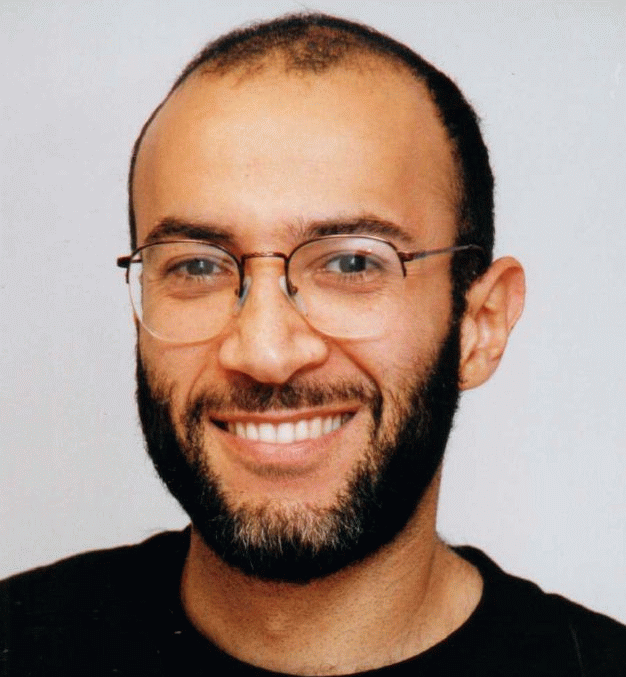Model-based Image Segmentation
Image de-noising and image segmentation represent a crucial part in many image processing and computer vision applications. The goal of de-noising is to smooth homogenous regions of an image while preserving the region boundaries (i.e., edges). Meanwhile, segmentation techniques aim to extract the boundaries of homogenous regions. In traditional pipelined de-noising/segmentation schemes, the segmentation step may suffer from a loss of vital information due to the de-noising step, or due to the excess of noise. Combining these two steps should preserve much of this lost information compared to the traditional methods.
In this research, we plan to combine speckle image de-noising and image segmentation processes in an iterative fashion at various levels of granularity, rather than simultaneously. This way, de-noising and segmentation sub-results would be utilized by both schemes at all levels. This should facilitate the ability to smooth irrelevant details from the image while enhancing and successfully segmenting the desired object. In addition, we plan to incorporate prior knowledge and optical flow information to the image segmentation/de-noising process. This direction should improve the accuracy of the produced segmentation results, especially when the object of interest has weak edges. We will also plan to improve the de-noising diffusion process by adaptively calculating diffusion coefficients. This step would improve de-noising results at a moderate complexity.
The proposed combined segmentation-diffusion approach will be applied on real echocardiographic and carotid ultrasound images. These images tend to be plagued by speckle noise and other anomalous artifacts due to the sporadic nature of high frequency sound waves. Hence, they present a perfect environment for validating and testing our proposed research. Our proposed schemes would help improve the reliability of various clinical measures such as a left ventricular ejection fraction or a carotid artery stenosis assessment. The proposed segmentation schemes will be also validated and tested on synthetic images with simulated speckle noise.

